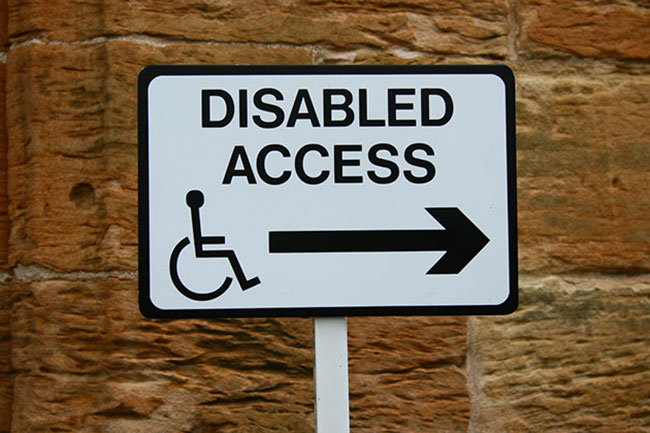Long-neglected issue of mental health and developmental disabilities has been given due space in new disability Act
On August 6, the Nepali parliament endorsed the Disability Rights Bill, potentially heralding a new era for persons with disabilities in the country. It was a great achievement for the National Federation of the Disabled-Nepal (NFDN) and it was long overdue.
The Act, says the federation, is important as it strengthens the rights of persons with disabilities, ensuring equal access to education, health, employment, public infrastructure, transportation and information and communication services. Importantly, it has been designed by keeping in mind the new federal set up. No less important is the fact that mental health and developmental disabilities are fully recognized and given due space.
This is crucial as those suffering from mental or developmental disabilities have always been more neglected and discriminated against compared to persons living with physical disabilities. While I will leave to another piece review of the details of the Act, here I would like to focus on some ways to make it work.

This will require new partnerships and effective, cutting edge communication. It was possible to enact the bill only because of strong cooperation between NDFD and the Ministry of Women, Children and Social Welfare. The federation was involved every step of the way and it was in fact active since the conceptualization of the bill.
Nepal is a priority under India’s ‘Neighborhood First’ policy:...

Such collaboration between civil society and government should be considered a ‘best practice’ in terms of cross-sector partnerships and inspire other non-state actors to work more closely with the government wherever possible.
Now, the harder bit
Designing a new legislation requires consistency and long term commitment, but also strong will and capacity to offer alternative solutions. Now, implementing the new Act will require as much or probably even more effort.
Advocacy and lobbying were the core tools for the achievement of such an ambitious goal. It is now time to create large coalitions of stakeholders that are ready to work together at the implementation level.
A massive exercise in community-based communication coupled with catchy advertisements and radio and TV programs that put disability at the center could make a real difference. It could reach out to millions of people, making them not only aware of the new provisions but also sensitizing them on the problems faced by persons with disabilities.
I have no doubt that we need to involve the best minds in terms of marketing and communication. Marie Stopes Nepal’s Rocket & Space campaign on sexual and reproductive health targeting youths has been an incredible success because it was professionally designed and implemented. Using cartoon-like modern characters representing average youths, Rocket & Space was able to hit the right buttons and had an immediate impact among our youths.
Something similar should be conceptualized to raise awareness on disability and on broader gender equality and social inclusion. This is because talking about disability or social inclusion is not only difficult but also sensitive and it can get rather theoretical and so to some extent even boring.
Feeling it
At the end of the day, if you do not ‘feel’ something, you do not get involved. You won’t engage in a cause unless you fully understand the problems and consequences faced by non-action on that particular issue.
We need to be able to strike the right chord, get people emotional and let them imagine or even feel how hard it is to cope in a society that is not disable friendly. We need to make disability and the entire discourse on social inclusion simpler and easier to understand for the common public, the vast majority of those who are not directly affected by the issue.
We need to have some champions or ambassadors, people who attract attention and following, not on a one-off basis but also long term. It literally took NFDN years to achieve the milestone represented by the new Act. Likewise, creating a catchy public narrative on disability and social inclusion will be a long and time-consuming effort.
By involving the best minds of the creative sector, we can come up with convincing messages that can engage the public, letting them understand that disability discrimination and social exclusion are not problems of a few but a lost opportunity for the entire country.
Here is an idea: Why not sit in an informal dialogue with the winners of the Crity Awards, the top advertisement award in the country? For instance, involvement of the Advertising Association of Nepal and other marketing agencies in a process of brainstorming and ideation could generate amazing ideas for social inclusion.
Yes big money would also be needed. But my sense is that with good proposals on the table and with massive communication effort on disability and social inclusion, it won’t be hard to convince the government and donors to chip in.
The author is co-founder of ENGAGE, a
not-for-profit working with youths
living with disabilities

































